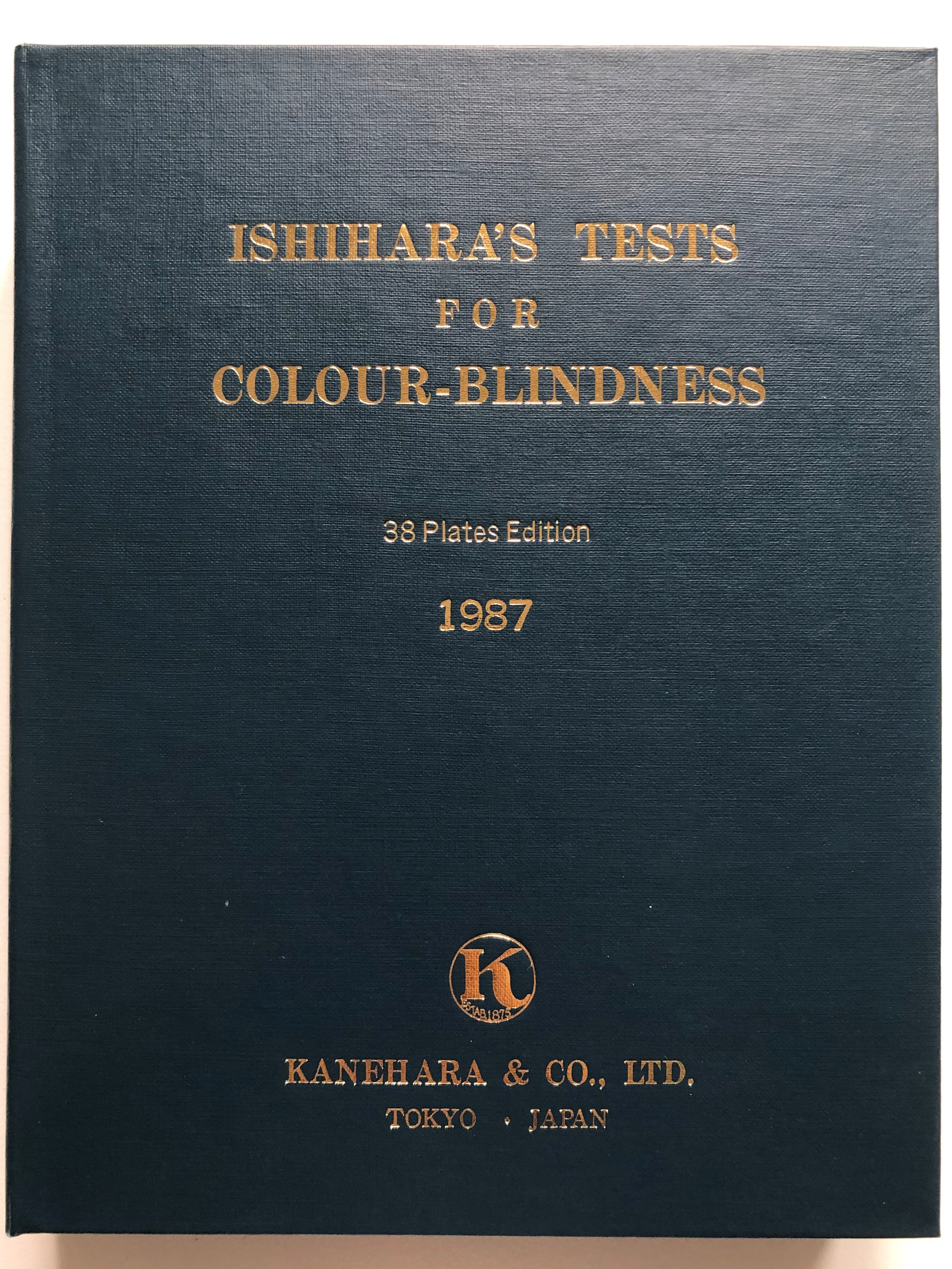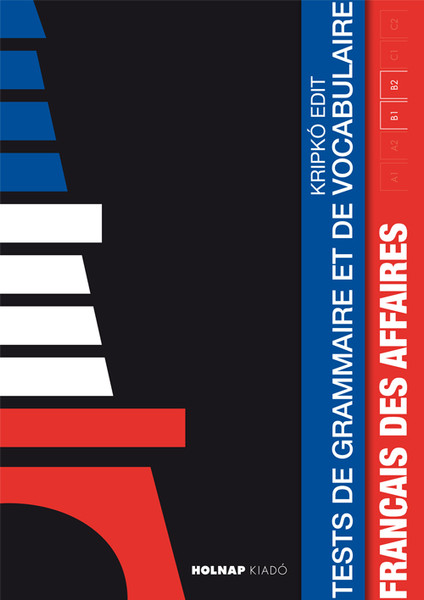Description
Ishihara's Tests for Colour-Blindness – 38 Plates Edition
Product Information
- Title: Ishihara's Tests for Colour-Blindness – 38 Plates Edition
- Designer: Shinobu Ishihara, M.D.
- Publisher: Kanehara & Co. Ltd
- Publication Year: 1987
- Format: Hardcover (Made in Japan)
- Pages: 38 plates and accompanying booklet
- Language: English
- ISBN-10: 0718600800
- ISBN-13: 978-0718600808 / 9780718600808
Overview
Ishihara's Tests for Colour-Blindness is a pioneering color perception test designed to diagnose red-green color deficiencies. Developed by Shinobu Ishihara, a professor at the University of Tokyo, the test employs pseudo-isochromatic plates—randomly arranged colored dots forming numbers or shapes that are easily identifiable by individuals with normal color vision, but challenging or invisible to those with a red-green deficiency. Originally introduced in 1917, this 38-plate edition remains a standard tool in assessing color vision, with severe deficiencies often detected after just a few plates.
Product Features
- Diagnostic Tool: Specifically designed to detect red-green color blindness using pseudo-isochromatic plates.
- Innovative Design: Features plates that contain numbers or shapes discernible by individuals with normal color vision, while being difficult to interpret for those with color deficiencies.
- Comprehensive Test: Consists of 38 plates, providing a thorough evaluation of color perception; shorter versions of the test also exist.
- Historical Significance: Developed by Shinobu Ishihara, whose work in color vision testing has had a lasting impact on ophthalmology and color diagnostics.
- Durable Format: Hardcover production made in Japan ensures the longevity and reliability of the test materials.
Interesting Facts
- Legacy of Innovation: Shinobu Ishihara designed this test shortly after completing his ophthalmology studies in Germany during World War I, combining elements from earlier tests with his own concept of pseudo-isochromaticism.
- Widely Used: Despite its age, the Ishihara test remains one of the most widely used color blindness tests worldwide.
- Multiple Versions: While this edition includes 38 plates, there are also versions with 10, 14, or 24 plates, and some tests even require tracing a line instead of reading a number.
Publishers
Published by Kanehara & Co. Ltd in 1987. All rights reserved as per the provided details.
We value your feedback! Share your experience with this product to help others make informed decisions. Your review is important to us!
Hashtags
#IshiharaTest #ColourBlindness #ShinobuIshihara #ColorVisionTest #Ophthalmology #DiagnosticTool #38PlatesEdition #KaneharaCo


































.JPG)
.JPG)
.JPG)








